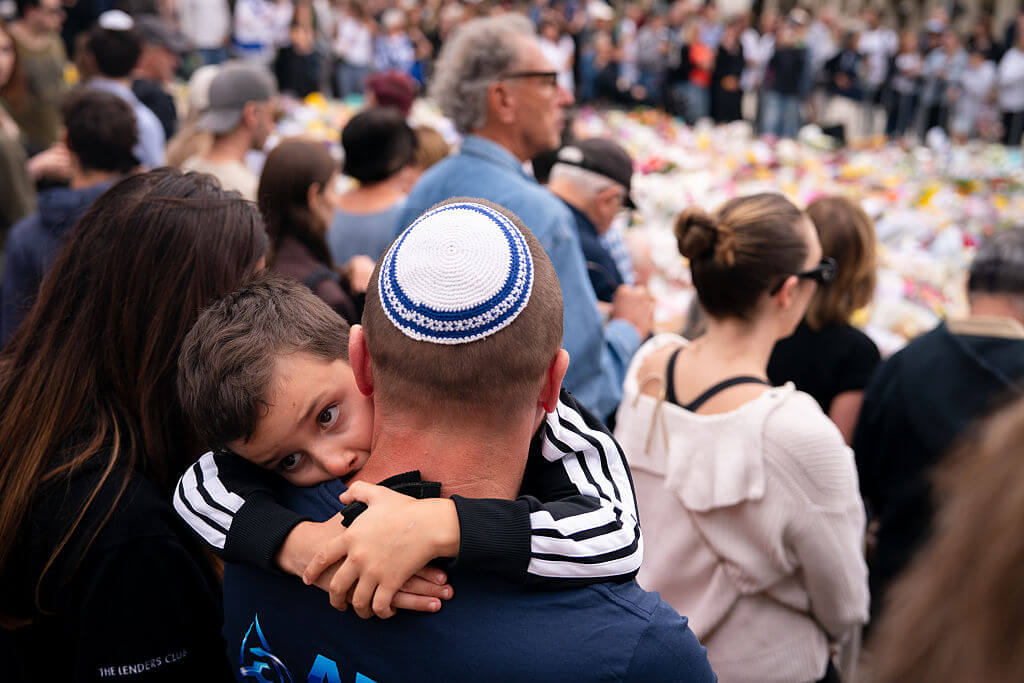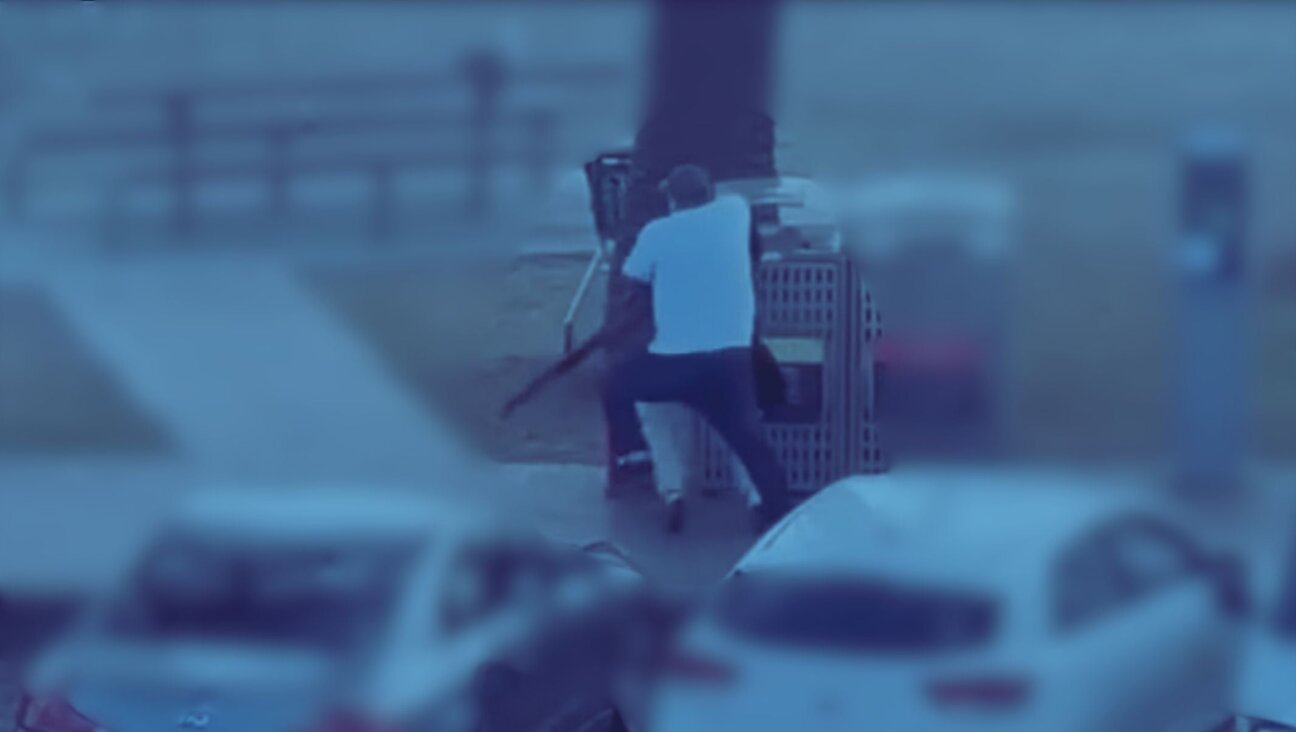A Night of Broken Glass, on a Date With History
From the observation platform atop the restored Reichstag, the German parliament building, the most prominent landmark on the cityscape of central Berlin is the gleaming dome of the Moorish synagogue on Oranienburgerstrasse. When dedicated in 1866, in the presence of Otto von Bismarck and other Prussian dignitaries, it gave resounding expression to Berlin Jewry’s feeling of belonging. Its beauty, grandeur and state-of-the-art construction exuded permanence.
The edifice was not destroyed on Kristallnacht, that horrific night 66 years ago this week when the Nazi faithful erupted in an orgy of destructiveness that burned 267 synagogues, plundered some 7,500 Jewish-owned stores and condemned nearly 30,000 Jews to concentration camps. The Berlin synagogue partially survived only because it stood attached to buildings on either side, and the fire department feared collateral damage. During the war, Allied bombers leveled its 3,000-seat sanctuary but not its facade, flanking cupolas or massive dome. Today, what survived has been gloriously restored, though not the cavernous sanctuary that constituted two-thirds of the structure. Cleared of rubble, the empty space conjures up the presence of an absence, a semblance of the untold victims of unbridled hatred.
There is irony in the prominence of that dome. It mocks the abysmal failure of the blood-soaked 12-year reign of the Third Reich, even as it thwarts the lure of forgetfulness. And by recalling the nightmare of Kristallnacht, the dome also links the particular to the general, for the 20th century made of November 9 a haunting aggregate of accidental turning points. Aside from Kristallnacht, three salient events befell Germany on that fateful date.
The first was the end of the German monarchy in 1918, which paved the way for the armistice two days later, on November 11, that would bring the endless carnage of the Great War to a halt. A rapidly spreading rebellion of military personnel and workers and the abdication by Prussian King William II gave birth to the Weimar Republic. The peaceful transition of power averted a much feared Bolshevik-style revolution, albeit without ridding the vast civil service of its entrenched conservatives.
Five years later to the day, Adolf Hitler tried to overthrow the republic in his farcical beer hall putsch in Munich. But despite the French occupation of the Ruhr and galloping inflation, the Weimar Republic held its ground. Thereafter, Hitler vowed to gain power solely by legal means, which he did on January 30, 1933.
The timing of Kristallnacht, after which there could be no illusions about Nazi intentions regarding the Jews, was likewise not wholly fortuitous. The death that day of the German legate in Paris, who had been shot 48 hours earlier by a distraught young Polish Jew, found the Nazi stalwarts assembled in Munich for their annual commemoration of the putsch. Hitler and Joseph Göbbels seized the moment and the setting to unleash a pogrom. What day could be more fitting than November 9 to punish those whom they held responsible for losing the war and founding the Weimar Republic? The fury of the outburst signaled the end of Jewish life in Germany. Penniless emigration remained the only option.
A half-century later, on November 9, 1989, the Berlin Wall fell, though not by any grand design. Under extreme pressure from the rapid erosion of Soviet power and increasing domestic unrest, the Ministerial Council of the East German regime tried to forestall its own collapse by deciding that day to permit its citizens to visit West Germany, and even to emigrate. With the opening of the floodgates, the German Democratic Republic, which had been artificially propped up for 28 years by sealed borders, quickly unraveled.
Unlike the Ninth of Av in the Jewish calendar — a repository of memories of calamities that occurred on that day and others — November 9 preserves moments of light as well as of darkness. The founding of the Weimar Republic marked a turning point as promising as the fall of the Berlin Wall. In truth, however, the Great War did not end until 1989; 1918 was but a cease-fire.
The signs along the road to perdition read November 9 more than once. Notwithstanding, the soaring dome of a synagogue in the heart of a reunited, vibrant and democratic Berlin augurs well for a better future.
Ismar Schorsch, chancellor of the Jewish Theological Seminary, escaped from Germany five weeks after Kristallnacht.
















